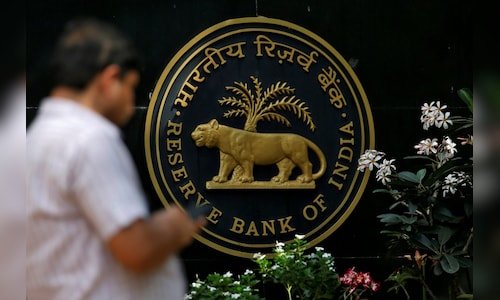He noted that if the RBI can meet its policy goals through liquidity tools—considered more flexible—it may not need to rely heavily on rate cuts in the near term.
“It’s only when the system stops responding to liquidity that further monetary realisation via rate cuts becomes necessary,” Chakrabarti said.
He added that the current rate cut expectations represent a more accelerated timeline than what was being discussed just two months ago.
However, he anticipates “slight pauses” in the rate cut cycle going forward.
Bank margins likely to remain resilient
Chakrabarti remains constructive on net interest margins (NIMs) of the banking sector, even if rates decline further in the next six months.
He pointed out that the easing cycle has already begun to reflect in lower deposit rates.
For instance, HDFC Bank has reduced its fixed deposit rates by 50 basis points and lowered its savings account rate to 2.75%.
According to Chakrabarti, as the rate cut cycle progresses, the tailwinds on the liability side—primarily lower deposit costs—will continue to strengthen.
As a result, subsequent rate cuts may have a lower incremental impact on bank margins compared to the beginning of the cycle.
Liquidity transmission supporting credit growth
Chakrabarti noted that liquidity transmission is aiding credit growth. He highlighted that recent management commentary and pre-quarter updates from banks have been more positive than expected earlier in the year. He attributed this shift to a change in sentiment and performance since March.
He reiterated BNP Paribas’ projection of 13% system-level credit growth for the full year, adding that this figure is not low by historical standards.
According to him, top-tier private banks are expected to post credit growth that is 200–250 basis points higher than the system average.
Top banking picks
BNP Paribas has identified HDFC Bank, ICICI Bank, and Axis Bank as its top picks in the banking sector. These banks, Chakrabarti said, are likely to benefit from the current environment of easing funding costs and stronger credit demand.
